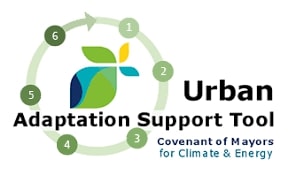Infrastructure worldwide and throughout history has directly contributed to the climate crisis—accounting for 60-70% of global greenhouse gas emissions through transportation, buildings, electricity production and industrial processes, such as cement production and waste treatment. The carbon-intensive sectors that account for most of the world’s energy infrastructure—coal, oil, and natural gas—are both ecologically destructive and economically inefficient in today’s economic landscape—especially considering unpriced negative externalities associated with extraction, greenhouse gas emissions, air pollution, and human health effects.







